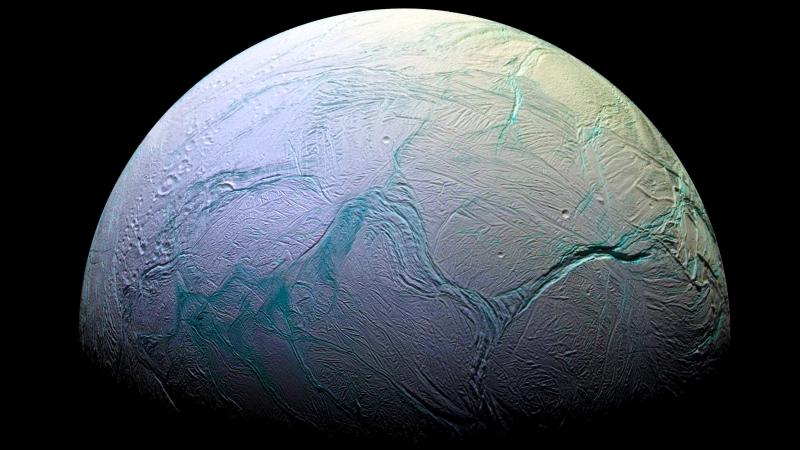New Zealand astronomers discover 'one-in-a-million' Earth-like planet in inner galaxy
Scientists used complex 'microlensing' technique to detect planet.
Scientists at the University of Canterbury in New Zealand announced this week the discovery of an "incredibly rare" Earth-like planet towards the inner part of the galaxy, another entry in the small but growing list of potentially habitable astronomical bodies in the Milky Way.
A university press release said that the planet is "one of only a handful that have been discovered with both size and orbit comparable to that of Earth," with the release describing the finding as "one-in-a-million."
Scientists at the university discovered the planet by utilizing a detection method known as "microlensing." That's when astronomers detect light-bending gravitational properties from stars in the galaxy.
In many cases, microlensing events are due to single stars. Yet researchers observed that this particular microlensing event had an "unusual shape to the light output." Scientists eventually concluded that the irregular output was "due to a star with a low-mass planet."
The planet in question is closer to its star than Earth is to the Sun, but the star in that system is just 10% the mass of our own, meaning its "habitable zone" is closer inward. A "year" for this planet would last nearly 620 days.















